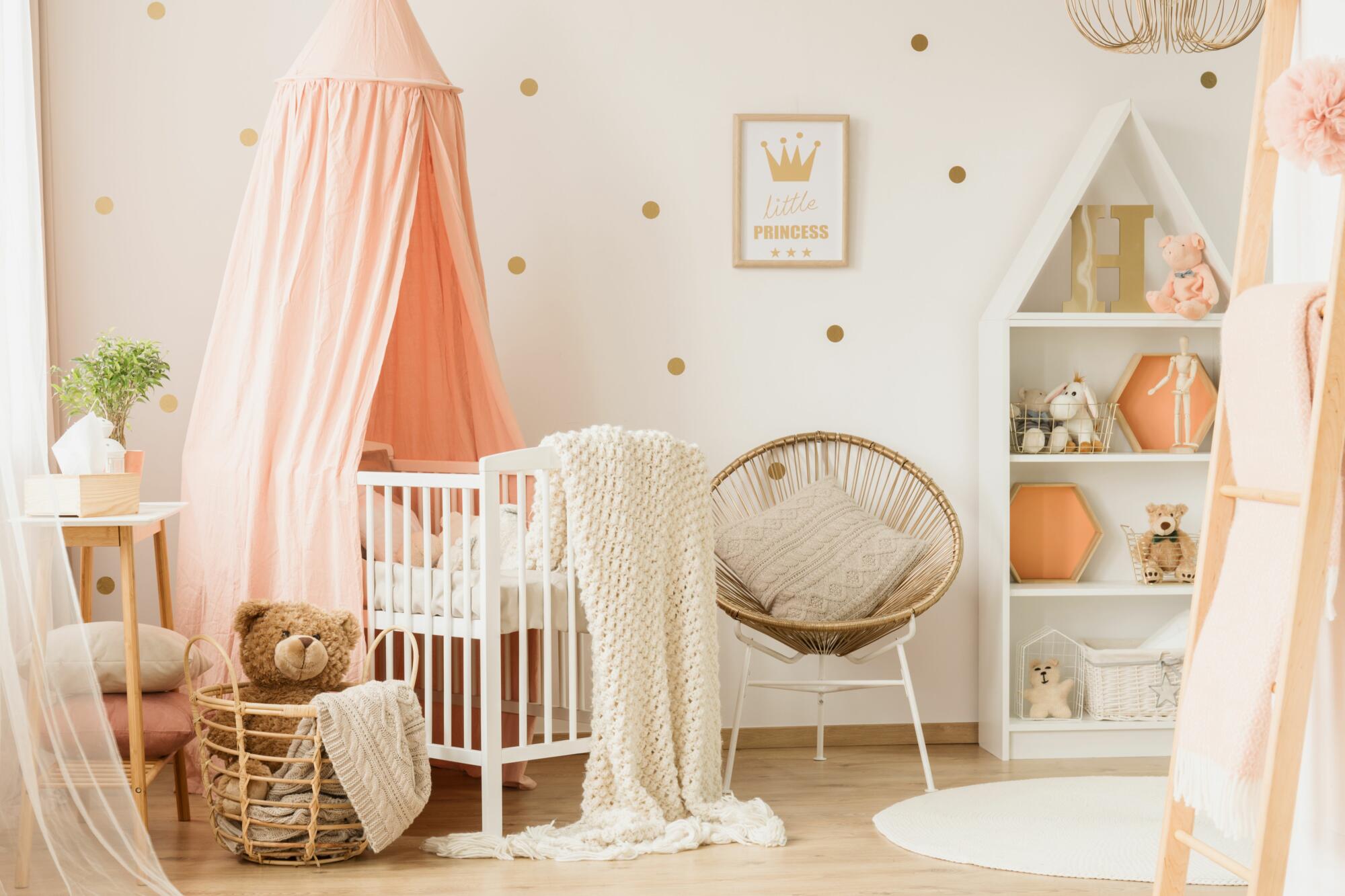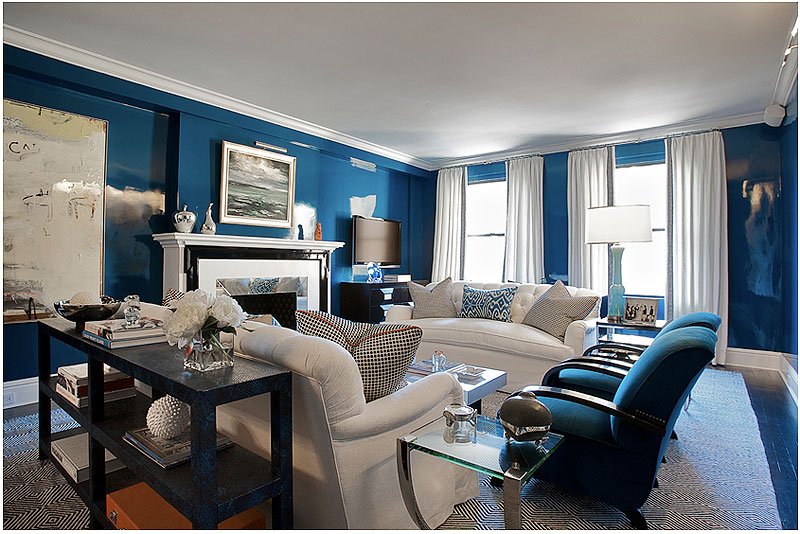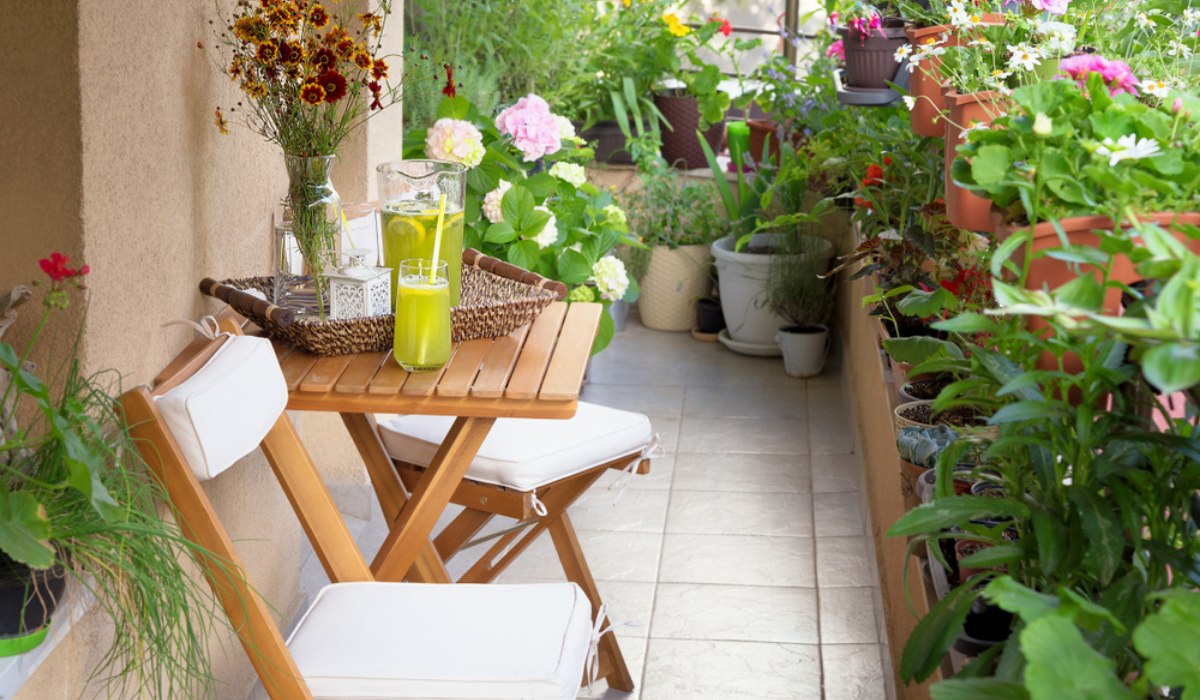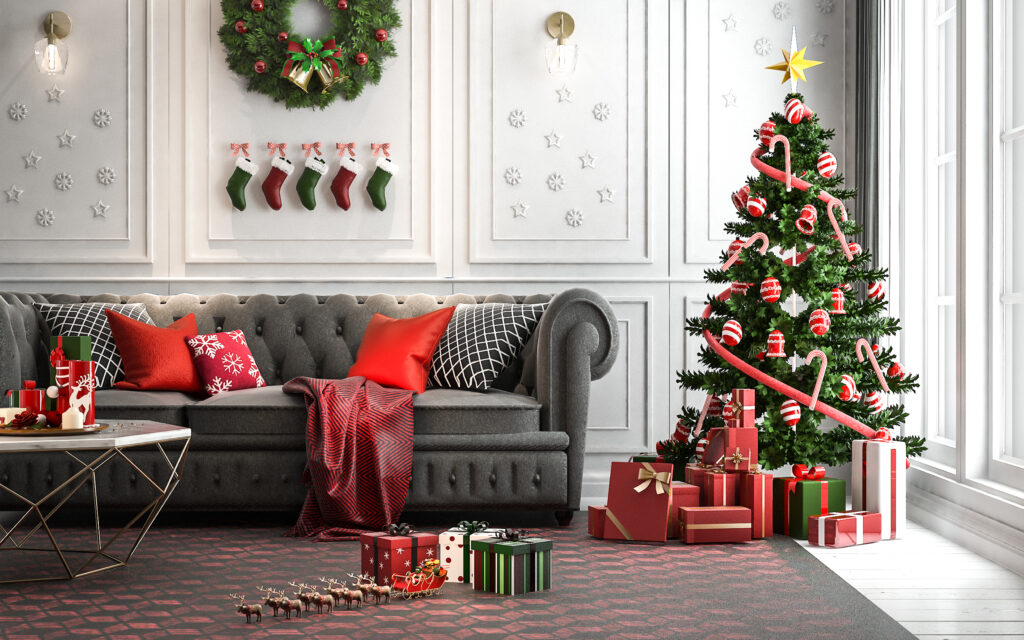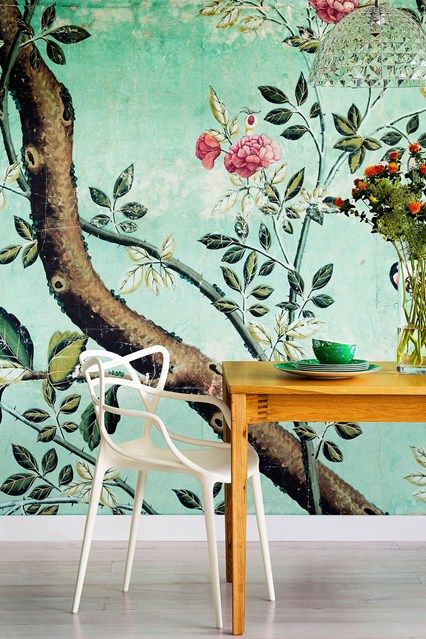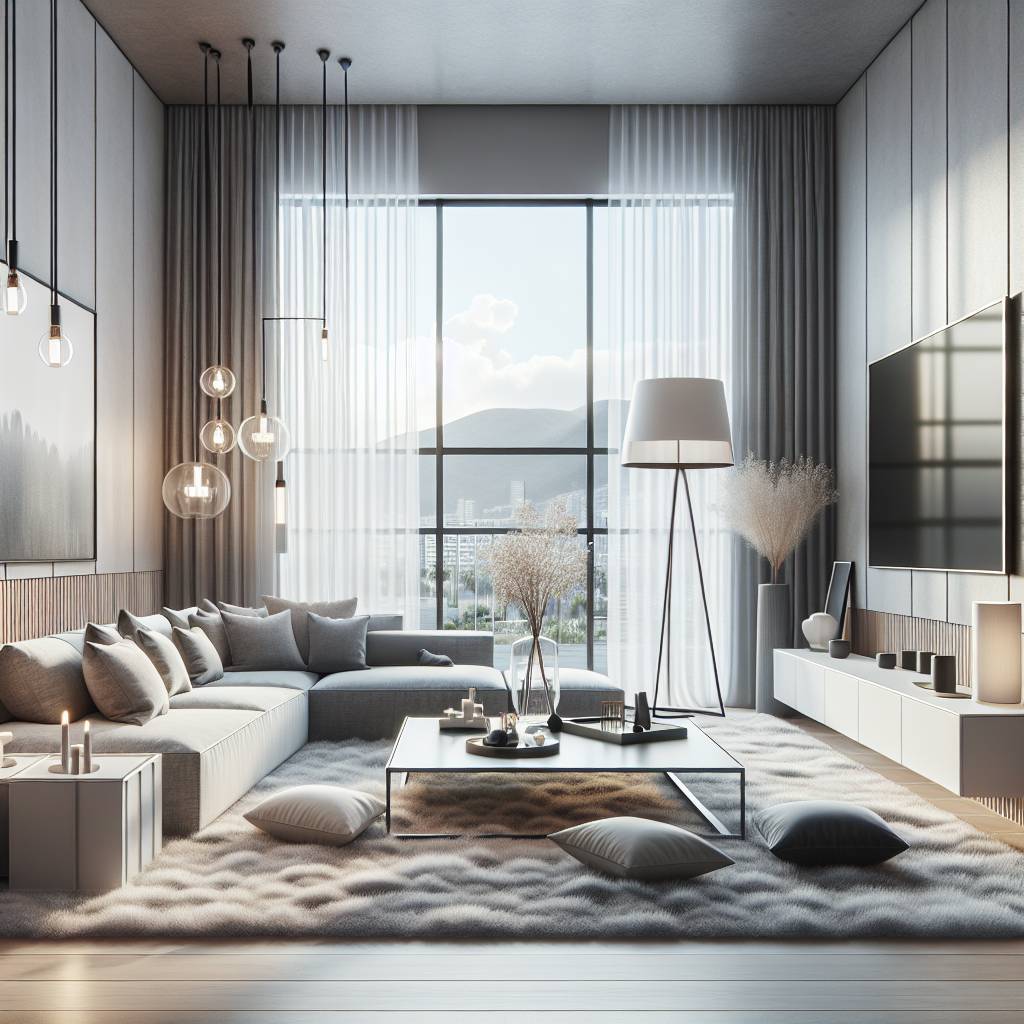Did you know that over 70% of interior designers recommend a mix of vintage and modern elements to create dynamic living spaces? The fusion of time-honored charm with fresh, contemporary flair makes your living room not just a space but a statement. Achieving the perfect blend calls for creativity as you navigate through the allure of modern vintage decor, ensuring each piece tells its story while harmoniously coexisting with cutting-edge designs. This delicate dance between nostalgia and modernity infuses life into your home, striking an enviable balance that captures both the essence of sophistication and the comfort of familiarity.
Understanding Vintage vs. Antique for Home Decor

Vintage Defined
Vintage items bring a sense of history to your living room. They are typically 20 to 100 years old. Unlike new pieces, vintage adds character and tells stories from the past.
To choose vintage decor, look for items made in the era you want to represent. A 1950s coffee table or a mid-century lamp can be great choices. These pieces should show quality craftsmanship and have stood the test of time.
Antique Items
Antiques are treasures over 100 years old. They carry a deeper history and often higher value than vintage pieces.
When selecting antiques for your living room, consider their condition and authenticity. An antique mirror or an early-20th-century sofa can become focal points in your space.
Remember that antiques may require more care due to their age but they offer unmatched elegance.
Aesthetic Differences
The aesthetic of vintage is about nostalgia while antique speaks of heritage. Vintage might include retro patterns or iconic designs from the last century.
In contrast, antiques often feature intricate details and materials no longer used today. Think carved woodwork or hand-forged metal on furniture as examples.
Combining these with modern elements creates visual interest in your living room design.
Identifying Pieces
Identify suitable items by researching periods you admire.
Look at:
- Construction techniques
- Materials used
- Design styles
This knowledge helps you spot genuine articles that will complement your modern decor well.
Check local thrift stores, flea markets, and online marketplaces for unique finds.
Always inspect items closely before buying them to ensure they fit into your vision for mixing vintage and modern styles together effectively.
Harmonizing Vintage and Modern Furniture Pieces

Importance of Scale, Proportion, and Balance
When mixing vintage and modern furniture pieces, it’s crucial to consider the scale, proportion, and balance of each item. This means ensuring that the sizes of the vintage and modern items complement each other. For example, if you have a large vintage sofa, pairing it with small or delicate modern side tables may create an unbalanced look. To achieve harmony, aim for a mix where neither style dominates visually.
Consider the visual weight of each piece as well. A bulky vintage coffee table might overpower a sleek modern sofa unless balanced by appropriately sized accessories or artwork. It’s all about creating equilibrium in your space so that every element feels cohesive rather than competing for attention.
Tips on Choosing Complementary Furniture
To avoid clashes when combining styles, opt for complementary features in both your vintage and modern furnishings. Look for common elements such as color schemes or materials to tie everything together seamlessly. For instance, if your vintage armchair has wooden accents, consider incorporating modern pieces with similar wood tones.
Another approach is to use a neutral base when selecting larger items like sofas or rugs while adding pops of color through accent chairs or decorative accessories from different eras. This allows you to introduce variety without overwhelming the space.
In addition:
- Consider incorporating subtle patterns that can bridge the gap between two distinct styles.
- Utilize consistent finishes such as metal hardware or upholstery details across different furniture pieces to maintain cohesiveness.
Creating the Perfect Backdrop for Vintage and Modern Design

Role of Wall Color, Flooring, and Architectural Features
The wall color, flooring, and architectural features play a crucial role in creating the ideal backdrop for blending vintage and modern design elements. Opting for a neutral wall color such as beige or light gray provides an excellent canvas that allows both vintage and modern pieces to stand out. Consider incorporating hardwood floors or sleek tiles with minimalistic designs to complement the mixed decor. Architectural features like exposed brick walls or decorative molding can add character to the space while seamlessly merging the old with the new.
Think about how these foundational aspects contribute to achieving that perfect balance. For instance, imagine pairing a sleek mid-century modern sofa against a backdrop of light gray walls with dark hardwood floors. The contrast between clean lines against warm wooden textures creates visual interest while maintaining harmony within the space.
Using Artwork or Statement Walls
Incorporating artwork or statement walls is an effective way to bridge the gap between old and new design aesthetics in your living room. Selecting artwork that combines elements from different eras can serve as a unifying focal point in your interior design scheme. A gallery wall featuring vintage black-and-white photographs alongside contemporary abstract paintings exemplifies this fusion beautifully.
Furthermore, creating a statement wall using wallpaper with a retro-inspired pattern can infuse nostalgic charm into an otherwise modern setting. This approach not only adds personality but also serves as an anchor for bringing together disparate styles cohesively.
Unifying with Color in Vintage and Modern Decor
Impact of Color Psychology
Color plays a crucial role in mixing vintage and modern elements within a living room. By understanding the impact of color psychology, it’s possible to create an overall feel that harmonizes disparate pieces. For instance, warm tones like terracotta or mustard can evoke a sense of nostalgia often associated with vintage items, while cooler shades such as teal or navy can inject a contemporary vibe into the space. These color choices influence how individuals experience and interact with their surroundings.
It’s essential to consider the psychological effects they may have on the room’s ambiance. Bold hues like deep reds or vibrant yellows can add energy and personality to the space, but if overused, they might overwhelm the room. Therefore, by strategically using bold colors as accents through accessories or statement furniture pieces, one can strike a balance between vintage and modern aesthetics without overpowering the room.
Strategies for Harmonizing Disparate Pieces
To create harmony between disparate vintage and modern elements in a living room, utilizing an appropriate color palette is key. A well-thought-out color scheme can tie together seemingly incongruent items seamlessly. For example, pairing mid-century modern furniture with soft pastel walls creates an elegant blend of old-meets-new design sensibilities.
Another strategy involves using neutral tones as a unifying base before layering on pops of color from both eras. This allows for flexibility when experimenting with different combinations without overwhelming the space visually.
Incorporating patterns in various colors is also an effective way to bridge vintage and modern styles cohesively. For instance, mixing geometric patterns commonly found in mid-century decor with contemporary floral prints adds visual interest while maintaining balance within the overall design scheme.
Applying the 80/20 Rule to Vintage and Modern Decor
Understanding the 80/20 Rule
The 80/20 rule in interior design refers to achieving a harmonious balance between vintage and modern elements. In essence, it involves using one style as the dominant force (80%) while incorporating the other style as an accent (20%). This approach ensures that neither vintage nor modern elements overpower each other, resulting in a cohesive and visually appealing living space.
When applying this rule, consider dedicating 80% of your decor to either vintage or modern pieces. For instance, if you choose modern as the dominant style, focus on contemporary furniture, clean lines, and minimalist accessories. Then allocate the remaining 20% for vintage accents such as antique mirrors, retro lighting fixtures, or classic artwork. Conversely, if you opt for vintage dominance, incorporate iconic mid-century furniture or retro wallpaper while adding subtle touches of modernity through sleek coffee tables or abstract wall art.
Practical Application Examples
To illustrate this concept further:
- In a predominantly modern living room setting with neutral-colored walls and contemporary sofas constituting 80%, introduce vintage flair through an ornate chandelier hanging above the seating area along with antique picture frames adorning the walls.
- Conversely, within a primarily vintage-themed space featuring classic wooden furniture and retro patterns making up 80%, infuse a touch of modernity by introducing metallic geometric vases or abstract sculptures strategically placed around the room.
By following this principle when mixing vintage and modern decor elements in your living room design scheme:
- You ensure that both styles complement rather than clash with each other.
- The dominant style sets the tone for your space while allowing unique accents from the secondary style to add character without overwhelming its counterpart.
Using Textures and Layering in Vintage and Modern Design
Importance of Texture Variety
Texture variety plays a crucial role in blending vintage and modern styles in your living room. Mixing different textures creates visual interest, adding depth and dimension to the space. By incorporating a range of textures, such as smooth surfaces with rough ones, you can achieve a harmonious balance between vintage and modern elements.
When combining textures, consider using materials like distressed wood, sleek metals, plush fabrics, or glossy finishes. For instance, pairing a contemporary leather sofa with a rustic wooden coffee table introduces an intriguing contrast that captures the essence of both vintage and modern design.
Layering various designs also contributes to the overall aesthetic appeal. For example, placing a nubby throw over a streamlined armchair or draping sheer curtains over industrial-style windows adds layers that bring warmth and character to the room.
Techniques for Layering Different Materials
To successfully blend vintage and modern aesthetics through texture layering, it’s essential to choose materials that complement each other while still offering distinct visual contrasts. Utilize techniques such as juxtaposing matte against shiny surfaces or mixing intricate patterns with clean lines to create an engaging interplay between old-world charm and contemporary sophistication.
Consider incorporating decorative elements like exposed brick walls alongside minimalist furniture pieces for an eclectic yet cohesive look. Integrating antique rugs into a space furnished with sleek metallic accents can infuse richness into the room while maintaining its modern allure.
Incorporating tactile textiles like plush textures, woven rugs, soft cushions on sleek furniture pieces is another effective way to seamlessly merge vintage and modern styles within your living room decor. A mix of velvet throw pillows on a mid-century sofa or layering sheepskin throws over minimalist chairs instantly elevates the ambiance by introducing textural diversity.
Incorporating Statement Pieces in a Vintage and Modern Living Room
Anchoring the Design
In a vintage and modern living room, statement pieces play a crucial role in anchoring the overall design. These pieces serve as focal points that draw attention and establish the aesthetic direction of the space. Whether it’s an iconic mid-century modern sofa or a striking antique rug, these items set the tone for the entire room. By choosing standout pieces, you can create a cohesive look that seamlessly blends vintage charm with contemporary appeal.
When selecting statement pieces for your living room, consider their visual impact and how they contribute to the desired atmosphere. For instance, if you’re aiming for a more retro vibe, opt for an eye-catching vintage chandelier or an art deco-inspired coffee table. On the other hand, if your goal is to infuse modern flair into your space, bold geometric wall art or sleek minimalist furniture can serve as powerful statement elements.
Tips for Selection and Positioning
To ensure that your chosen statement pieces make a lasting impression, it’s essential to carefully position them within your living room. Placing them strategically can enhance their visual impact while contributing to a harmonious overall design scheme. For example:
- If you have an exquisite vintage dining table as your centerpiece item, position it in such a way that it becomes the focal point of the room.
- Incorporate contrasting elements such as modern chairs around this vintage table to create an intriguing juxtaposition.
- Use lighting fixtures like stylish pendant lights above the dining area to further highlight this unique blend of vintage and modern aesthetics.
By thoughtfully combining impactful vintage or modern items with subtler elements like neutral walls or understated decor accents, you can strike a balance that prevents visual chaos while still allowing each piece to shine individually.
Balancing Statement Pieces
It’s important not to overwhelm your living room with too many bold statement pieces at once. While these items are meant to capture attention and elevate the design concept, incorporating too many of them can lead to sensory overload. Instead,
consider integrating one or two key statement items per area—such as one in the seating area and another near prominent wall decor—to maintain visual harmony without sacrificing impact.
Playing with Lighting to Enhance Vintage and Modern Decor
Impact of Lighting
Lighting plays a crucial role in enhancing the visual interest of a mixed-style living room. It can dramatically influence the perception of vintage and modern decor elements. A well-thought-out lighting scheme can highlight specific areas, create ambiance, and draw attention to unique pieces within the space. By strategically using various lighting sources, you can effectively emphasize both vintage and modern design features.
The interplay between light fixtures and different types of illumination contributes significantly to the overall atmosphere of a room. For instance, soft ambient lighting can soften the edges of sleek modern furniture while casting a warm glow on retro accents, creating an inviting blend that harmonizes contrasting styles seamlessly.
Layered Illumination
Combining light fixtures from different eras is an excellent way to infuse your living space with character while achieving balanced illumination. Pairing a contemporary pendant light with a classic floor lamp or sconces creates depth and dimension in the room’s lighting design. This layered approach not only adds visual intrigue but also allows for more flexibility in setting different moods throughout the day.
Strategic placement of various light sources ensures that every corner receives adequate illumination without overpowering any particular style element. For example, positioning a mid-century modern table lamp near an antique bookshelf brings out intricate details on both pieces while contributing to an eclectic yet cohesive look.
Strategic Use of Light Types
To achieve optimal results when mixing vintage and modern styles, it’s essential to strategically utilize different types of lighting:
- Natural Light: Embrace natural light by keeping window treatments minimal or opting for sheer curtains to maximize daylight exposure.
- Ambient Lighting: Install dimmer switches for overhead lights or incorporate wall sconces for adjustable ambient illumination.
- Task Lighting: Incorporate task-specific lighting such as desk lamps or reading lights near seating areas to cater to functional needs.
- Accent Lighting: Highlight focal points like artwork or architectural features using accent lights for added emphasis on key design elements.
Carefully considering each type’s purpose enables you to create dynamic layers that enhance both vintage and modern aesthetics within your living space.
Blending Vintage & Shabby Chic for a Cozy Atmosphere
Shabby Chic Characteristics
Shabby chic decor is characterized by its vintage-inspired, distressed furniture, soft color palettes, and feminine touches. These characteristics complement vintage decor, creating a harmonious blend of old-world charm and contemporary elegance. Embracing the shabby chic style allows you to infuse your living room with a sense of history and nostalgia while maintaining a fresh and modern ambiance.
Achieving a cozy, lived-in look in your living room involves incorporating shabby chic elements such as slipcovered sofas, antique mirrors, or distressed wood tables. These pieces add warmth and character to the space without overwhelming it with outdated aesthetics. By mixing these elements with modern accents like sleek lamps or abstract art pieces, you can strike a perfect balance between vintage allure and contemporary flair.
Techniques for Cozy Mixed Decor
To create an inviting atmosphere that seamlessly blends vintage and modern styles in your living room, consider layering different textures such as velvet throw pillows on a mid-century sofa or pairing an industrial coffee table with delicate lace curtains. This juxtaposition adds depth to the decor while evoking feelings of comfort and relaxation.
Another technique is to mix old-fashioned patterns like floral prints or toile with clean-lined furniture for an eclectic yet cohesive look. For example, you could place a sleek leather couch against walls adorned with floral wallpaper to achieve an intriguing contrast that exudes both sophistication and whimsy.
Incorporating weathered pieces into your living room doesn’t have to make it feel outdated; instead, it can impart character and charm. For instance, repurposing vintage suitcases as unique side tables or integrating distressed wooden shelves filled with modern decorative items can breathe new life into the space while preserving its timeless appeal.
Conclusion
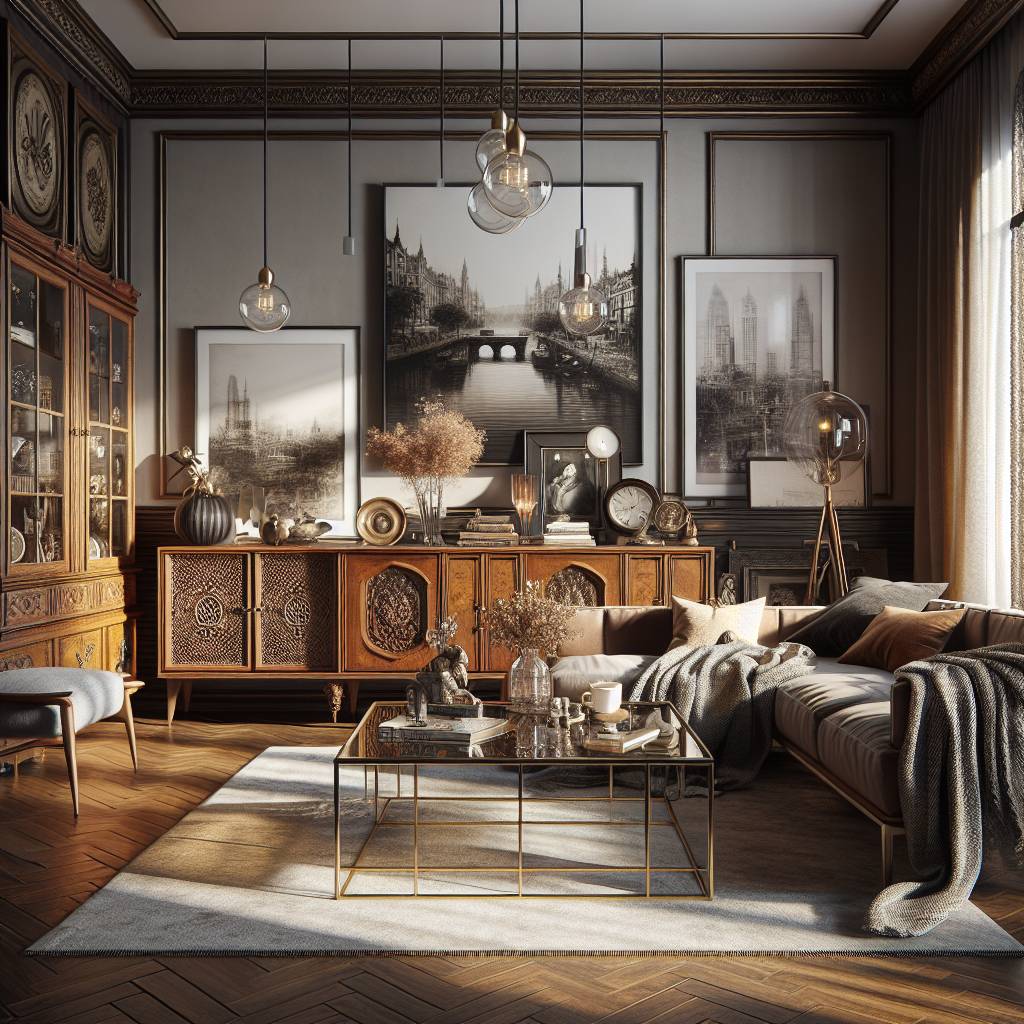
You’ve now got the tools to blend vintage and modern decor like a pro. By understanding the nuances of vintage vs. antique, harmonizing furniture pieces, creating the perfect backdrop, unifying with color, and applying the 80/20 rule, you’re well on your way to creating a stunning living space that seamlessly combines the best of both worlds. Don’t forget to play with textures, layering, lighting, and statement pieces to add depth and personality to your design.
Now it’s your turn to unleash your creativity! Experiment with these tips and tricks, mix and match different elements, and let your unique style shine through in your vintage-meets-modern living room. Remember, there are no strict rules – it’s all about finding the balance that feels just right for you. Happy decorating!
Frequently Asked Questions
What’s the difference between vintage and antique decor?
Vintage items are typically less than 100 years old, while antiques are over 100 years. Both bring charm to your living room.
How can I mix vintage and modern furniture without clashing styles?
Focus on harmonizing shapes and lines, and consider a unifying color palette to blend the pieces seamlessly.
Can I use bold colors when combining vintage and modern decor?
Absolutely! Bold colors can tie different eras together. Just ensure they complement each other for a cohesive look.
What is the 80/20 rule in mixing decor styles?
This rule suggests using 80% of one style as your base with 20% accents from another, creating balance without overwhelming your space.
How do textures play into mixing vintage with modern design?
Textures add depth. Mix smooth, modern finishes with rich, vintage fabrics for a layered effect that feels curated over time.
Is it okay to have one statement piece in my living room design?
Definitely! A standout piece—be it vintage or modern—can serve as a focal point and conversation starter in your living area.
Does lighting really make a difference in mixed-style decor?
Lighting is crucial. It sets the mood and highlights key elements within both decor styles, enhancing the overall ambiance.

